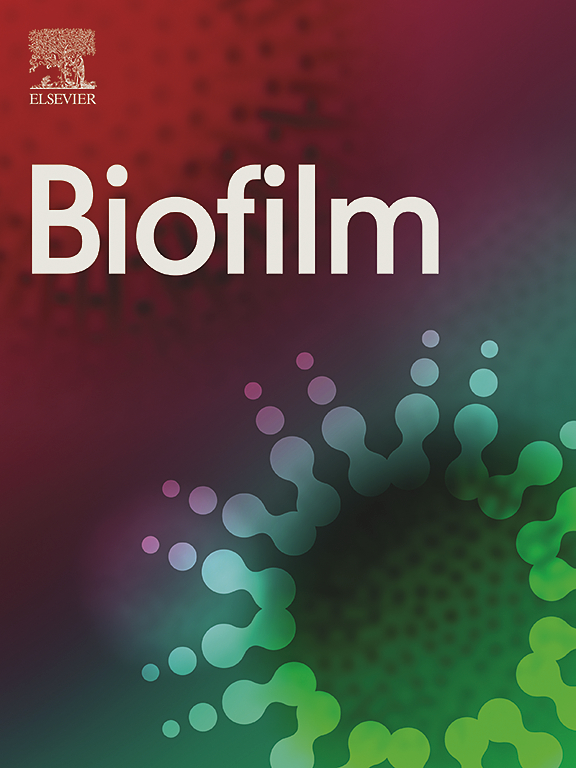自噬诱导的NR2F1激活通过靶向STAT3促进晶状体上皮细胞凋亡,促进白内障相关纤维化
IF 9.4
2区 医学
Q1 BIOCHEMISTRY & MOLECULAR BIOLOGY
引用次数: 0
摘要
白内障是一种广泛流行的眼部疾病,可导致视力损害,并成为导致眼盲的主要病因。大量证据表明,上皮-间质转化在与这种衰弱性疾病相关的关键致病因素中占有显著地位。然而,其潜在机制尚不清楚。在本研究中,我们分析了单细胞数据,发现与上皮细胞相比,纤维细胞中核受体亚家族2组F成员1 (NR2F1/COUP-TFI)的mRNA表达明显降低。有趣的是,我们观察到NR2F1蛋白在前囊下白内障小鼠模型和转化生长因子-β1 (TGF-β1)处理的SRA01/04细胞中显著上调。此外,我们发现TGF-β1刺激破坏了自噬平衡,导致SRA01/04细胞降解受损,NR2F1蛋白水平升高。随后,在前囊下白内障小鼠前房注射NR2F1腺相关病毒后,纤维化的发展得到缓解。在体外,在SRA01/04中敲低NR2F1也能减轻TGF-β1诱导的上皮-间质转化。机械上,NR2F1蛋白直接与STAT3启动子区相互作用,协调磷酸化STAT3 (p-STAT3)的上调,从而通过JAK1/STAT3通路促进SRA01/04细胞的凋亡和迁移,导致上皮纤维化和白内障。此外,抑制p-STAT3可明显减轻SRA01/04细胞的凋亡和纤维化。总之,我们的研究为白内障提供了一个新的治疗靶点,并为白内障上皮-间质转化的潜在机制提供了见解。本文章由计算机程序翻译,如有差异,请以英文原文为准。
Autophagy-induced NR2F1 activation promotes the apoptosis of lens epithelial cells and facilitates cataract-associated fibrosis through targeting STAT3
Cataracts, a widely prevalent ocular pathology, engender visual impairment and emerge as a primary etiological factor contributing to ocular blindness. Substantial evidence substantiates that epithelial–mesenchymal transition stands prominently among the pivotal causative factors associated with this debilitating condition. However, the underlying mechanism remains unclear. In the present study, we analyzed the single-cell data and found that the mRNA expression of nuclear receptor subfamily 2 group F member 1 (NR2F1/COUP-TFI) was notably decreased in fibrocytes compared with epithelium. Interestingly, we observed a significant up-regulation of NR2F1 protein in the anterior subcapsular cataract mice model and transforming growth factor-β1 (TGF-β1)-treated SRA01/04 cells. Furthermore, we found that TGF-β1 stimulation disrupted the balance of autophagy, leading to impaired degradation and increased protein levels of NR2F1 in SRA01/04 cells. Subsequently, after anterior chamber injection of NR2F1 adeno-associated virus in anterior subcapsular cataract mice, the development of fibrosis was alleviated. In vitro, the knockdown of NR2F1 in SRA01/04 also mitigated the TGF-β1-induced epithelial–mesenchymal transition. Mechanically, NR2F1 proteins directly interacted with the promoter region of STAT3 and orchestrated the up-regulation of phosphorylated STAT3 (p-STAT3), thereby facilitating the apoptosis and migration of SRA01/04 cells via the JAK1/STAT3 pathway, resulting in epithelium fibrosis and cataracts. Furthermore, inhibition of p-STAT3 obviously attenuated apoptosis and fibrosis of SRA01/04 cells. Collectively, our study provides a novel therapeutic target for cataracts and offers insight into the underlying mechanism of the epithelial–mesenchymal transition of cataracts.
求助全文
通过发布文献求助,成功后即可免费获取论文全文。
去求助
来源期刊

Genes & Diseases
Multiple-
CiteScore
7.30
自引率
0.00%
发文量
347
审稿时长
49 days
期刊介绍:
Genes & Diseases is an international journal for molecular and translational medicine. The journal primarily focuses on publishing investigations on the molecular bases and experimental therapeutics of human diseases. Publication formats include full length research article, review article, short communication, correspondence, perspectives, commentary, views on news, and research watch.
Aims and Scopes
Genes & Diseases publishes rigorously peer-reviewed and high quality original articles and authoritative reviews that focus on the molecular bases of human diseases. Emphasis will be placed on hypothesis-driven, mechanistic studies relevant to pathogenesis and/or experimental therapeutics of human diseases. The journal has worldwide authorship, and a broad scope in basic and translational biomedical research of molecular biology, molecular genetics, and cell biology, including but not limited to cell proliferation and apoptosis, signal transduction, stem cell biology, developmental biology, gene regulation and epigenetics, cancer biology, immunity and infection, neuroscience, disease-specific animal models, gene and cell-based therapies, and regenerative medicine.
 求助内容:
求助内容: 应助结果提醒方式:
应助结果提醒方式:


